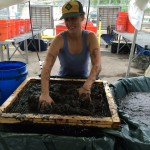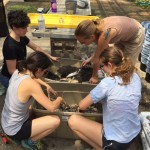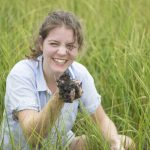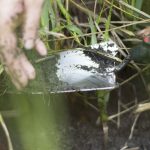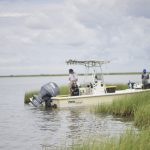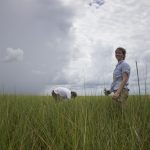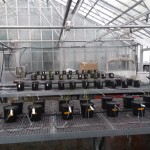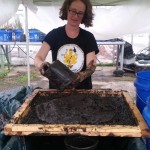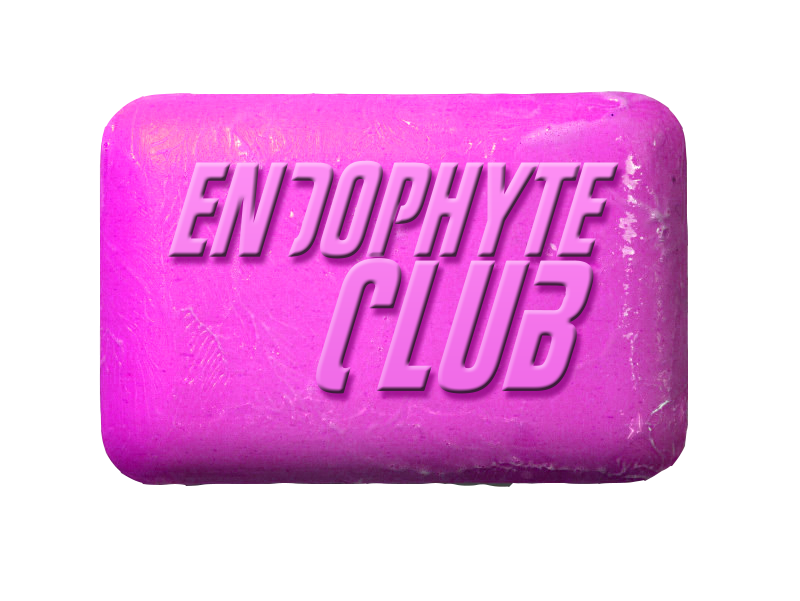In the spring of 2016, funded by the Gulf of Mexico Research Initiative (GoMRI), we kicked off a new project to test the hypothesis that bacteria living inside smooth cordgrass may be involved in the breakdown of oil. Our results might help to guide us as a society in the ways we manage salt marshes and oil spills. For the next two years we are running a greenhouse experiment to examine where, when, and how the microbial community changes after oil exposure, and how the oil in the plant tissues and soil breaks down over time. Simultaneously we will be analyzing natural communities in marshes to understand how the community continues to develop since exposure to oil.
This description just scratches the surface, or course, and there are many experiments being conducted by many people throughout the project. We have a small army of scientists, and our efforts are in collaboration with the Pardue Lab at LSU, the Gunsch Lab at Duke University, the Papadopoulos Lab at Tulane and Lisa Fauci of the Tulane Mathematics Department, the Blum lab at Tulane, and the Center for Bioenvironmental Research at Tulane and Xavier Universities.
